The three-row SUV segment has been heating up in the past couple of years, prompting manufacturers to step up to bring the most compelling models. Mazda unveiled its largest vehicle, the CX-90, earlier this year. They offer two new powertrains: an inline-six cylinder 3.3L turbocharged engine coupled to a mild-hybrid system and a plug-in hybrid 2.5 L four-cylinder engine, the first model to provide those two alternatives. It is time to compare the better version of the two and how the new CX-90 stacks up against the competition. Both models tested had an MSRP of around $65,000 and were built at the Hofu, JPN plant.

The Mazda CX-90 is the successor of the CX-9, the largest model in the lineup for the past 16 years. It was the SUV with the best driving experience but lacked interior room for third-row occupants and cargo space. The CX-90 has a more square front-end design and a less stretched-out grille than the CX-9. The side profile has been improved to better suit the needs of families buying these larger vehicles. The 21-inch wheels are massive and compliment the look of the vehicle. You can observe a noticeable distinction between the previous and current models in the rear. The tail light design is unique and a nice upgrade over the previous ones, and Mazda also moved the chrome bar from the middle of the trunk to the bumper, a more streamlined position for it. Mazda offers many different colours on both variants of the CX-90, but the Artisan Red colour (on the MHEV) brings out a little more personality to the ensemble, while the Rhodium White (on the PHEV) is understated and blends in the mass.
As Mazda's interiors become more and more upscale, the CX-90 is no different. The mild-hybrid version featured Pure White Nappa Leather, while the plug-in hybrid had a Black Nappa Leather interior. Both vehicles felt luxurious and high-end with an affordable price tag. The white interior in the MHEV version feels warm and cozy, while the black interior in the PHEV is classic and elegant. These two types of interiors aim to please as many buyers as possible, but remember that the white interior isn't available in the plug-in version. In both models' all passengers benefit from plush and comfortable captain chairs. Compared to the CX-9, this new flagship SUV offers more interior space as the wheelbase has been extended by 190 mm (7.5 in), and the length has increased by 55 mm (2.125 in). Mazda is correcting the main downside of the previous model by improving legroom in the third-row and cargo space, which is an excellent step forward. Accessing the vehicle's back is quick thanks to the 60/40-split folding 2nd-row seat back and reclining and sliding second-row seats to get truly relaxed. We would like to be able to fold down both rows at the touch of a button in the back or at the driver's seat. You also get easily accessible ISOFIX ports on the captain chairs in the second row and ISOFIX marked ports in the third row, and both rows have rear anchors readily available, which is also great. Overall, the materials used in both interiors feel premium and refined, which emphasizes the upscale trend that Mazda has undertaken a few years back.
Technology-wise, the Mazda CX-90 is one of the best in this hugely competitive segment. You can find a digital gauge cluster, a 12.3-in horizontal center display, tri-zone climate control, heated and ventilated front and middle rows of seats, rear retractable sunshades directly in the doors, ample USB-C ports throughout the vehicle and even 110V household-style outlet in the second-row. You can use your fingers to navigate the infotainment system, but the screen is placed so far back on the dashboard to increase safety that it's much easier to use the knob on the center console. Another good news is the presence of Wireless Apple Carplay and Android Auto; unfortunately, it's limited to the top trims. The 12-speaker Bose sound system is also a great complement to the infotainment system.
Moving on to the specifications of the Mazda CX-90, the new SUV by the Japanese automaker from Hiroshima. We begin with the mild-hybrid variant. The first three trims utilize a 3.3L inline-six-cylinder engine paired with a 48V battery with a mere 0.33kWh capacity. This battery is designed to minimize fuel consumption. This engine is coupled to an eight-speed automatic transmission. Our test vehicle was equipped with the same setup but a higher output from the engine, bringing the numbers to 340 hp and 369 lb-ft of torque.

On the other hand, the plug-in hybrid variant produces a combined output of 323 hp and 369 lb-ft of torque. It's powered by a 2.5L inline-four cylinder engine and a 68kW electric motor coupled to a 17.8kWh battery, and this system comes together with an eight-speed automatic transmission. As to which one gets to 100 kph fastest, the plug-in version is slightly faster, about 6.2 seconds, compared to 6.5 seconds for the six-cylinder. Finally, regarding efficiency, the MHEV is rated at 9.5L/100km combined city/highway while the PHEV averages 9.4L/100km if you don't plug the vehicle in the official figures. On a level 2 charger, found in most public places and a dedicated home charger, you can replenish your battery from empty in about 2.5 hours, an average speed in the segment. In an actual combined electric and gasoline average, the Mazda CX-90 PHEV averages 4.2L/100km and has an official range of 42 km.
Both Mazda CX-90s felt planted and comfortable driving around town on the road. Mazda kept the biggest advantage of the older CX-9: this great combination of spirited driving in a large family SUV, with excellent steering and as little body roll as possible. The suspension is firm but not so much to unsettle the ride; driving over bumps barely made a difference inside. The cabin is quiet, and everyone on board was surprised when they realized it wasn't a German vehicle, especially with the features on the second row. The braking was also decent for a vehicle this size, although you must press a little more in the plug-in version. Of course, it isn't a perfect vehicle: at a stop-light, the six-cylinder tended to start with the tiny battery, then the whole powerplant turned on and rattled the entire interior, even when the engine was warm. On the other hand, the plug-in version in full-electric could be faster, and its energy consumption is one of the highest in the category, averaging between 23.5 and 26kWh/100km. That said, we could drive about 44 km on a single charge, beating the official figure by a slight margin. As for real-world fuel economy, we averaged 9.5L/100km on the mild-hybrid, even going as low as 7.4 on the highway. We finished the week with the plug-in version at 5.4L/100km, but we drove the vehicle mainly in the city.

The Mazda CX-90 is a top SUV with impressive performance, comfort, and safety features. It has two powerful engines, a spacious and luxurious interior, and advanced technology to enhance the driving experience. Choosing between the MHEV and PHEV models comes down to personal preference. If you don't have a charger at home and want to tow up to 5,000 lbs, the MHEV is a good option. The PHEV is a solid choice if you commute short distances and prefer electric mode. Government rebates in your area may also play a role in your decision. Nevertheless, we recommend this new midsize SUV option wholeheartedly.
Mazda has lent us this vehicle for one week as a press vehicle. We have no affiliation with Mazda Canada. The above reflects our personal opinion of the car referred to above.

























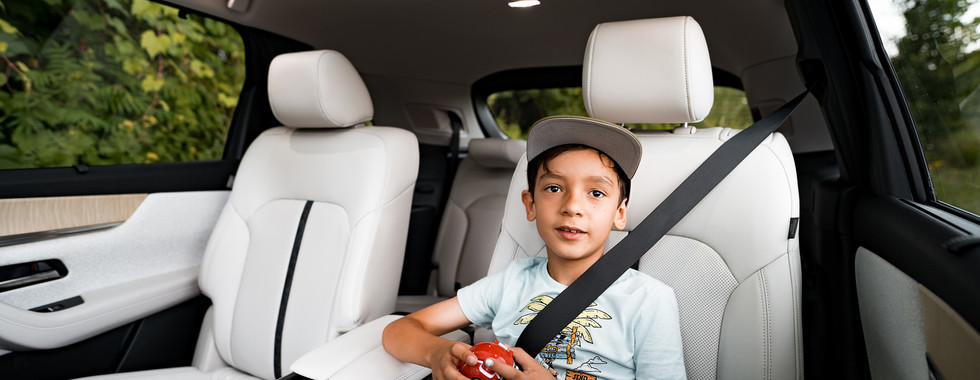









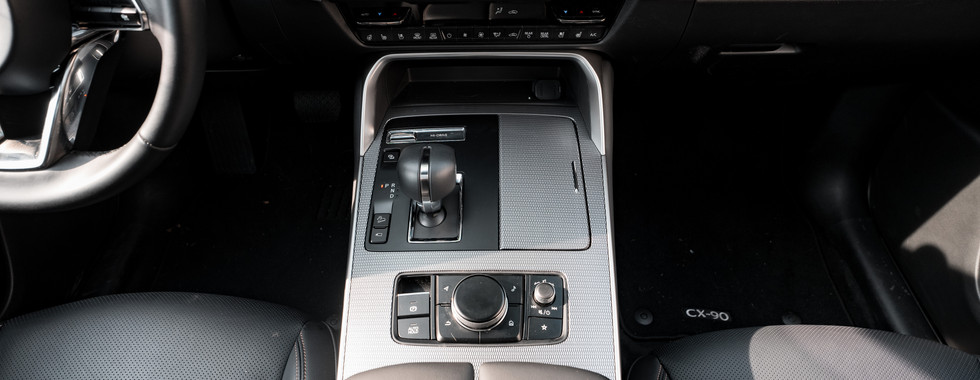



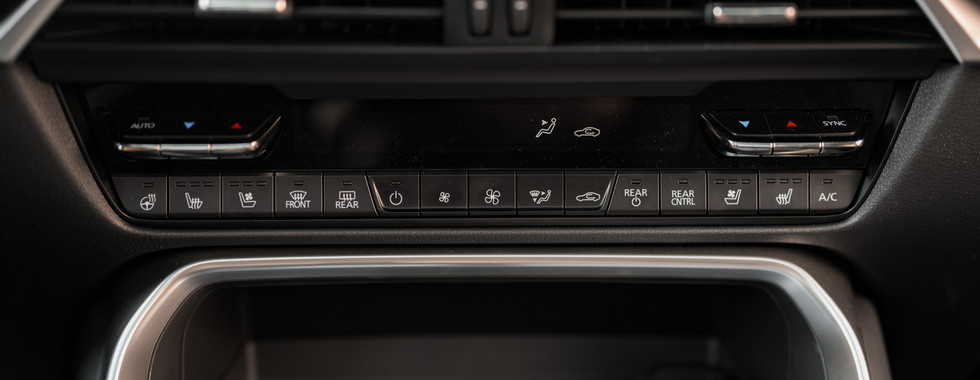

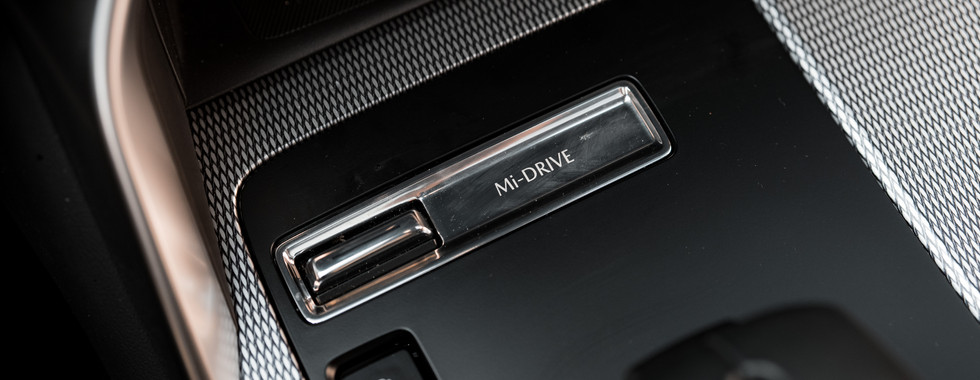















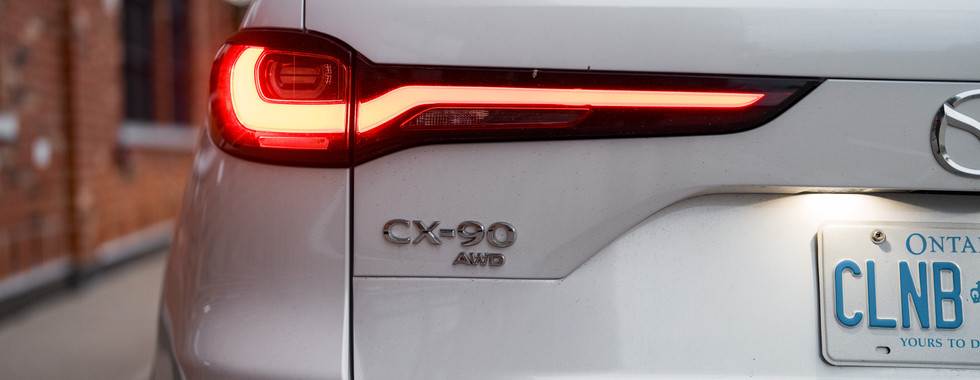

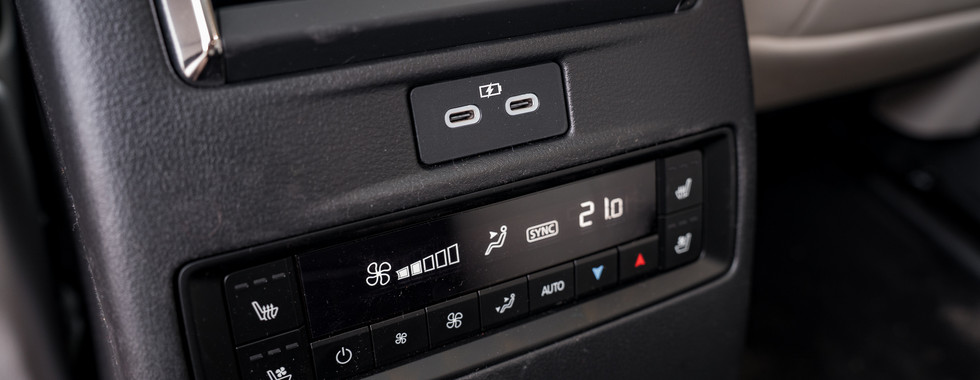



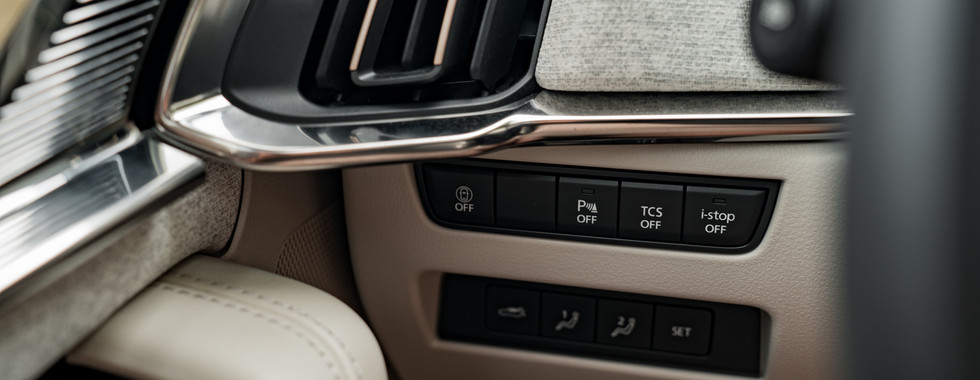

Comentários